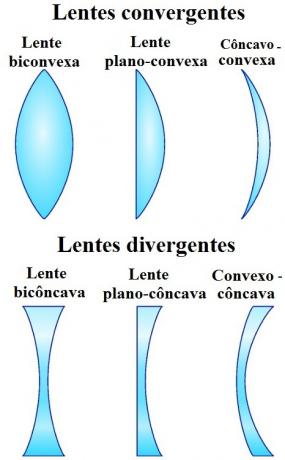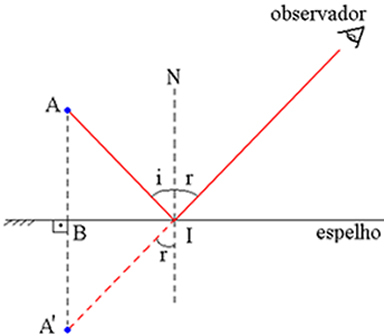THE terrestrial surface corresponds to the outermost portion of the earth's crust, it is the place where human beings inhabit and manifest their activities. Its continental portion, that is, its location above ocean level, is called emerged lands, and its oceanic portion is called the immersed lands, which occupy 71% of its entire area.
Contrary to what many people think, the science that studies the Earth's surface is not Geography. In fact, this is just one among several areas of knowledge that seek to understand this dimension of the Earth, each with its respective approach.
Among various approaches to the Earth's surface, there are several scientific conceptions, either for representation in maps (Cartography), or for its molecular composition (Chemistry), or for the study of living beings that manifest themselves in it (Biology), or even to understand its structuring and transformation by human activities (Geography), among many others possibilities.
The earth's surface is the result of the interposition between three layers, the
lithosphere (solid portion), the atmosphere (gaseous portion) and the hydrosphere (net portion). Together, these layers allow for the existence of a fourth expression over the Earth's surface layer: the biosphere, where life manifests itself.
Explanatory scheme of the composition of the Earth's surface *
Understanding the composition, as well as the processes of formation and transformation of the earth's surface is extremely important for the activities human beings, as their knowledge influences actions of planning and reconstruction of geographic spaces, plants, animals and other manifestations external.
_____________________
* Image credits: VESENTINI, J. W. Geography: the world in transition. São Paulo: Editora Ática, 2012. p.174 [adapted].
By Me. Rodolfo Alves Pena
Source: Brazil School - https://brasilescola.uol.com.br/o-que-e/geografia/o-que-e-superficie-terrestre.htm



